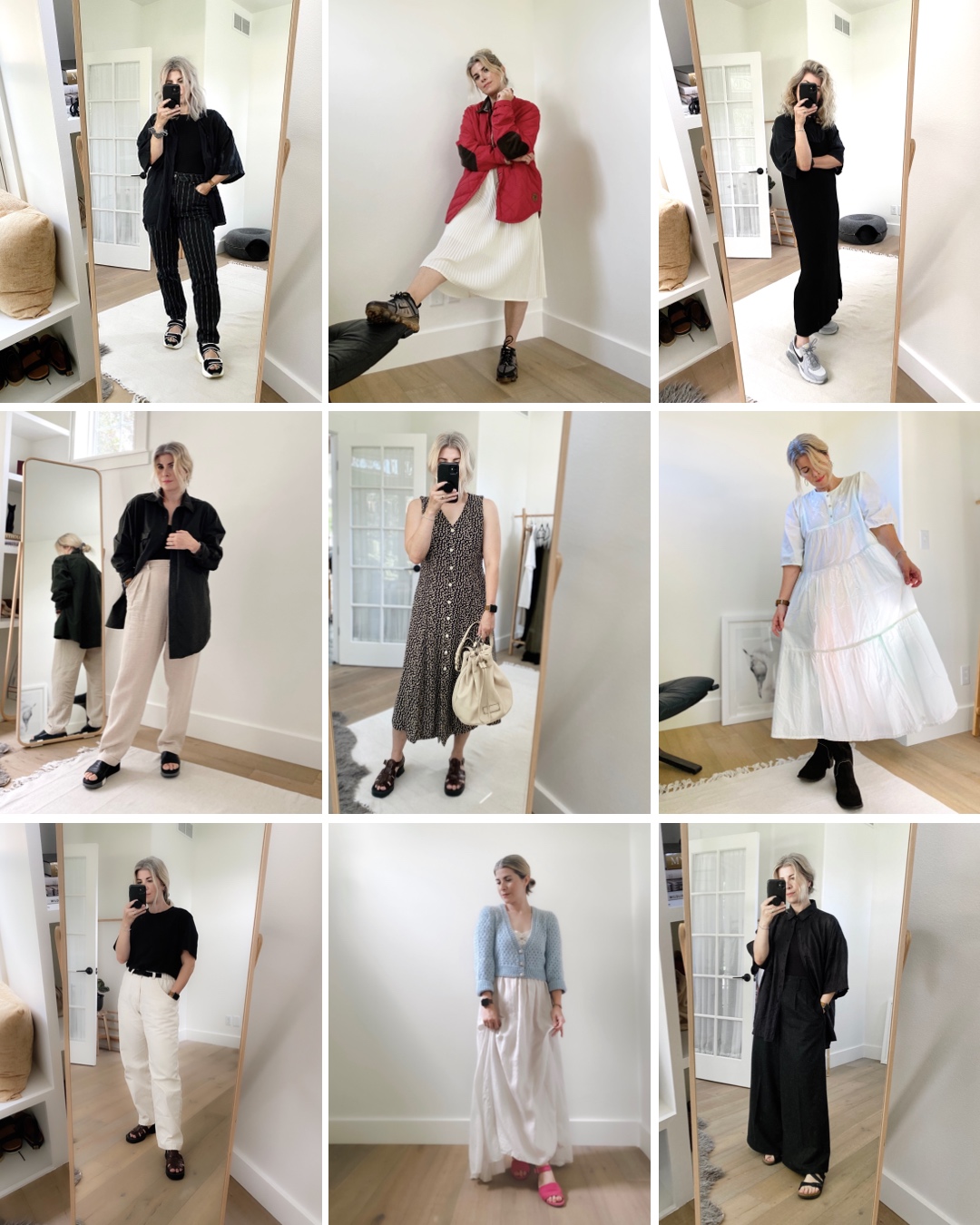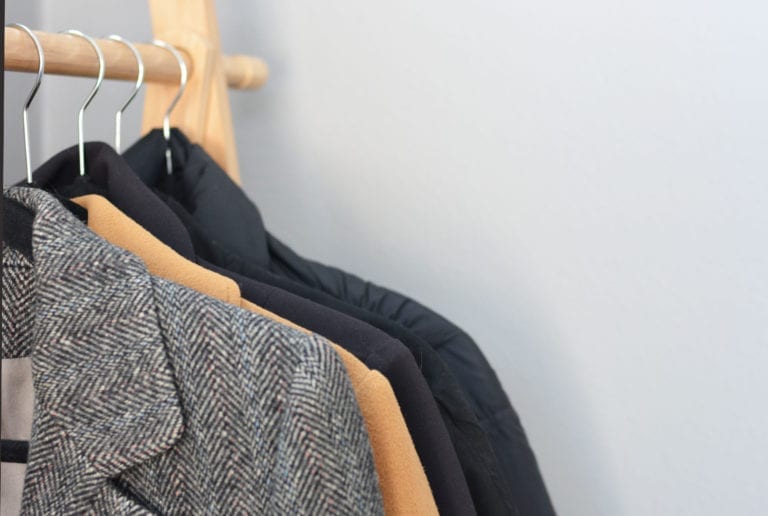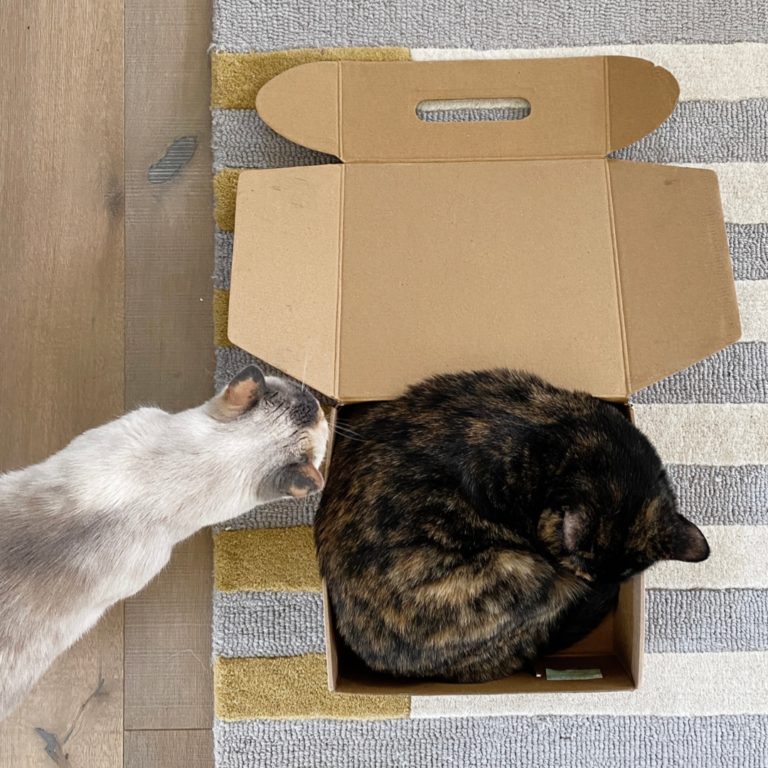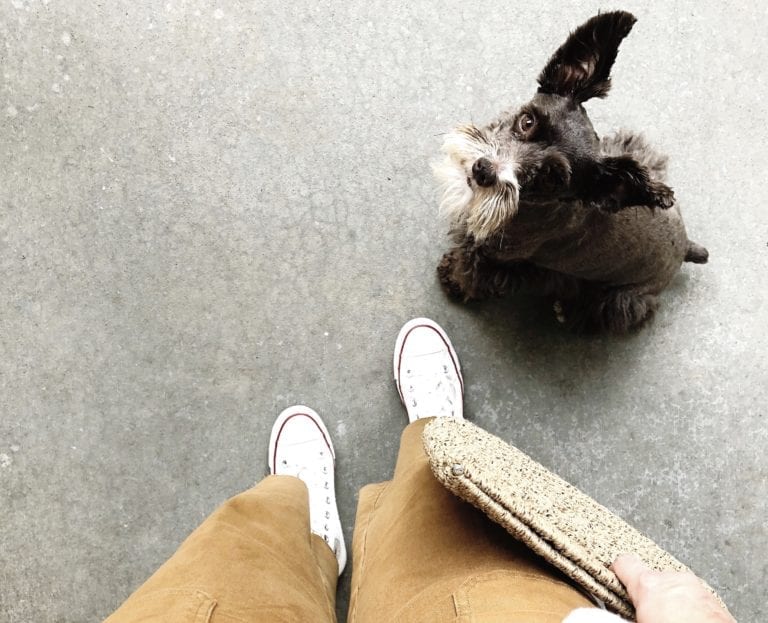It’s September, which means it’s time for “Secondhand September”, an initiative started by Oxfam Great Britain to celebrate and encourage secondhand shopping during the month of September. As you probably already know, I’m a huge fan of secondhand shopping as a way to add to my wardrobe and to also decorate my house. So how could I let this month pass by without participating.
Considering that I only buy clothing from the secondhand market, either vintage or modern secondhand, it’s not a huge challenge for me to shop solely secondhand this month. But I didn’t always shop this way and it’s taken me a long time to break up with the idea that I need to buy “new” clothes. I also think that it’s good to get the word out there. To show people that there are a lot of other people who choose to shop secondhand. And the more people that we can get to shop secondhand, the better.
And why not? There are already so many great items out there just waiting to be found. And the treasure hunt for a truly unique piece that none of your friends will have is the absolute best part. But there are so many benefits to secondhand shopping, above and beyond owing something that all your friends want but can’t have 😉
Benefits of Secondhand Shopping
1.Decreased demand for raw materials.
When you buy newly produced clothes, that purchase sends a message out into the universe (well, not really, more to the brand) that there is a demand for their clothing.
They then go back to their manufacturer, who then go to their fabric sources, who then go to their material sources, and so on, right until we’re all the way back to the companies that harvest the raw materials needed to produce the fabric in the first place.
When you buy clothes from the secondhand market, you remove that demand, ultimately reducing the demand for raw materials to be harvested. As a result, we put less stress on the planet.
2. Decreased demand for fast fashion.
Fast fashion is out of control. The brands that work with this type of fashion model, to produce as much clothing as possible to sell as quickly as possible, are playing a major role in the climate crisis.
The majority of fast fashion clothing is made from synthetic fabrics such as polyester, nylon and acrylic; all fabrics made from plastic. Plastic is a by-product of the fossil fuel industry which leads to a substantial amount of carbon dioxide emissions into the atmosphere.
By shopping secondhand, and thereby reducing the demand for fast fashion, you are reducing the amount of carbon emissions going into the atmosphere.
3. Keeps items out of the landfill.
Not only is fast fashion production environmentally dangerous at the start of it’s lifecycle, it’s also dangerous at the end.
As the majority of it is made from plastic, it never really breaks down once it’s discarded. Over hundreds of years, the plastic breaks down into smaller and smaller plastic particles, called microplastics, which end up in waterways and are ingested by aquatic life, which affects the entire food chain.
Shopping secondhand can help to prolong the life cycle of these types of clothing.
And speaking of microplastics, if you have clothing made from synthetic material, it’s a good idea to wash with a fabric bag that captures the microplastics during the wash cycle. I use the Guppyfriend washing bag.
4. Better for your wallet.
I think we all know that secondhand shopping is cheaper than buying any other kinds of clothing. Choosing to buy preloved clothing gives you the ability to try out new styles within your budget.
I credit it with allowing me to hone my personal style in a way that doesn’t affect my other financial goals.
5. Afford higher end.
And, related to #5, buying secondhand means that you can afford better items. Items that you may not be able to afford otherwise.
I could never afford to buy a cashmere sweater when I was purchasing new. But now, I am always surprised by the number of cashmere sweaters that I can find secondhand. And not just cashmere, silk and linen, which are also more expensive to purchase new, simply because they’re natural fibers and more luxurious that synthetics.
I am lucky to be able to find higher end items locally, but if that’s something you struggle with, check out the Eileen Fisher Renew, which has gently used Eileen Fisher clothes. I also really like The Real Real for luxury brands (but I set that price filter real low to avoid the things out of my budget!).
6. Better quality items.
All of my secondhand items are made from natural materials such as cotton, silk, linen and wool. If you shop vintage, you can find a lot of clothing made from natural materials, which was more common before the 70s when polyester started showing up in clothing more.
Items made from natural materials tend to hold their shape longer and to last longer. They also breathe better and feel more luxurious to the skin.
If you’re shopping in the women’s section of a modern secondhand shop, sometimes you have to dig deep to find clothing that isn’t made from polyester. But if you look in the men’s section (which I always recommend), it’s much easier to find clothing made from natural materials.
7. Best way to participate in “sustainable fashion”.
There’s a lot of hype around sustainable fashion. Fast fashion companies have even jumped on the bandwagon with their “conscious collections”. I’ definitely don’t think that’s a bad thing but it’s really just greenwashing since they continue to pay garment workers poorly to mass produce a ton of clothing made from (mainly) synthetic fibers.
And while there are getting to be more and more companies who are dedicated to ethical and sustainable fashion, the fact remains that it’s just a push to produce and sell more clothing.
The whole conversation around sustainable fashion is nuanced but undoubtedly, shopping secondhand is the most sustainable way to participate in the movement, only after taking care of and wearing what you already own.
8. Less precious/wear it more.
I feel much less precious about the clothing that I’ve bought in the secondhand market. When I used to buy new, if I would buy a silk shirt or a cashmere sweater, I would baby them and never actually end up wearing them.
But now, even though I love the items more, I don’t feel guilty or afraid whenever I wear them. I wash everything at home no matter the material (except for wool blazers and jackets which I bring to a green dry cleaner).
I’ve realized that clothing that is well cared for can be worn a lot, and for years, and still look amazing.
For tips on shopping secondhand locally, check out this post. For online secondhand shopping, click here and here.
Do you shop secondhand? If not, have I convinced you to give it a try?





